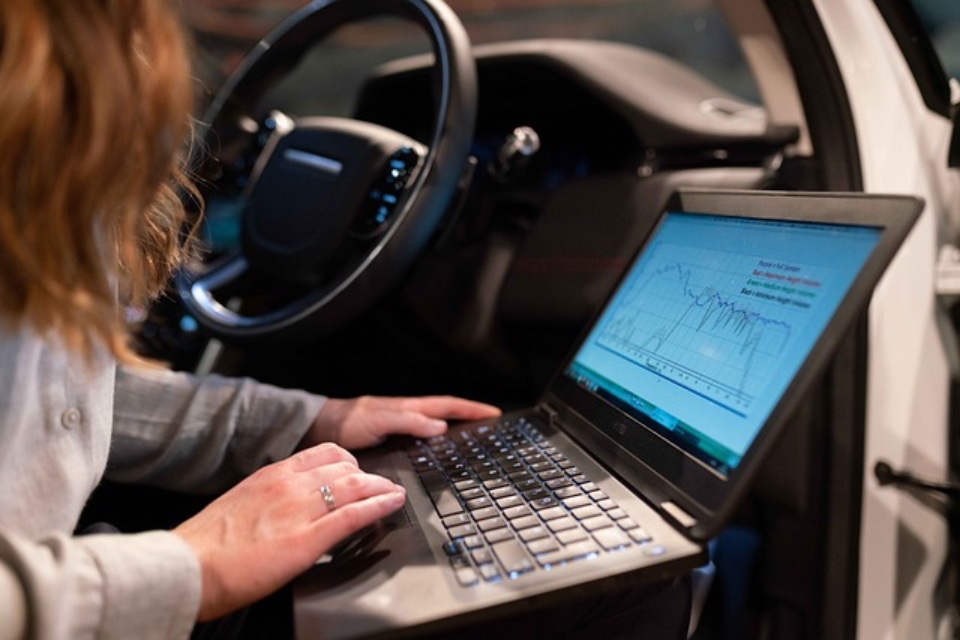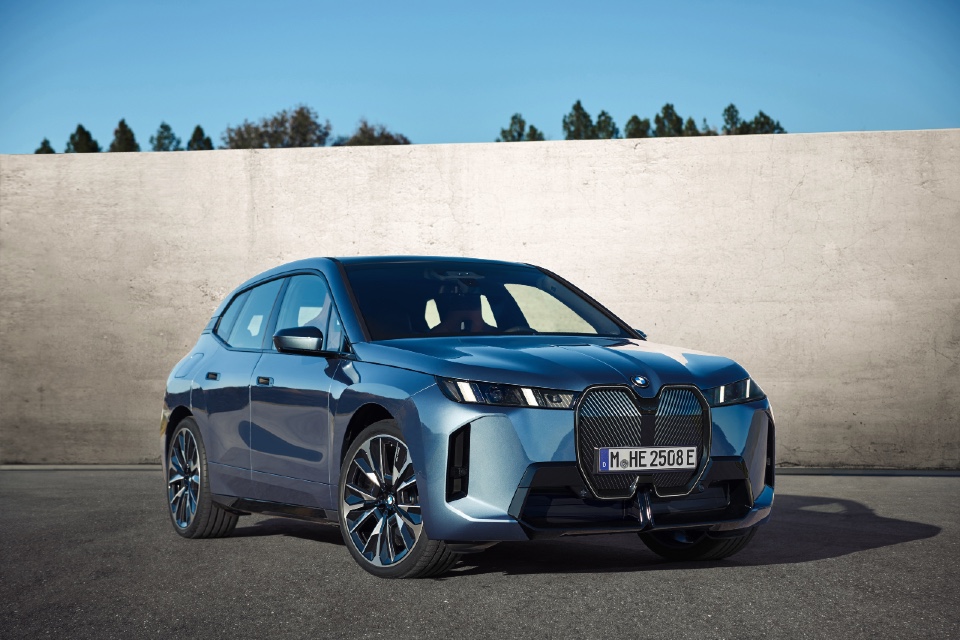The global commercial Electric Vehicle (EV) market is projected to grow from $30.7 billion in 2020 to more than US$682 billion by 2030, driven by fleet usage and public transport.
That’s according to ABI Research, which cites commercial segments such as local delivery, public transportation, logistics, and governmental fleets as being among the biggest early adopters.
“The growing affordability of EVs has been one of the biggest drivers for fleet electrification efforts. There has been a trend of EVs becoming more and more affordable due to advancements in battery technology and economies of scale in production. One of the main factors driving the affordability of EVs, especially EV trucks, is the decreasing cost of battery technology. Lithium-ion battery costs have fallen by over 85% since 2010, and this trend is expected to continue,” said Adhish Luitel, Supply Chain Management & Logistics Senior Analyst at ABI Research.
Beyond affordability, factors such as government incentives, lower operational costs, simplified maintenance, and enhanced performance compared to regular internal combustion engine vehicles also have been key drivers of adoption among private sector fleets.
“A good example of government regulation is the EU’s recent ‘Fit for 55’ legislation in Europe. This legislation will only allow the sale of zero-emission vans by 2035 and has been a big driver for ZEV adoption among fleets in Europe. Similar requirements are also being considered for trucks and might be implemented soon,” says Luitel. Amazon announced last year that it was ordering 100,000 EV trucks from Rivian, an American EV startup. DHL has been using EV trucks in its urban delivery operations for several years and has announced plans to electrify 60% of its fleet by 2030. UPS has also been an early adopter of EV trucks, with more than 12,000 electric and hybrid vehicles in its fleet worldwide. IKEA US has converted all its last-mile fleets in New York to EVs. Domino’s Pizza has said it will roll out a fleetof 2023 Chevy Bolt EVs across the United States to reduce its environmental impact and attract new delivery drivers.
As trucking rentals and third-party logistics companies have started electrifying their fleets, OEMs have also been actively rolling out new EV and ZEV models to accommodate the market demand. OEMs like Daimler, Volvo, Ford, Navistar, Toyota, Hyundai, Nikola, BYD, Hino, and Isuzu have recently been rolling out new EV and ZEV truck models. Yet, despite the pickup in EV and ZEV production, charging and refueling infrastructure remains a barrier for long-haul trucking.
“One of the critical aspects of successful fleet electrification is establishing a robust charging infrastructure to support the charging requirements of fleets. This is especially key in long-haul trucking. Balancing on-premises and public charging is a key consideration when investing in fleet electrification. Although OEMs are trying to address long-haul trucking drivers’ range anxiety with larger battery packs, more efficient electric drivetrains, and using hydrogen fuel cell technology, fleet operators need to strike a balance between on-premises charging and public charging. The optimal approach depends on factors like fleet size, operational requirements, geographic distribution, and available resources,” concludes Luitel.
These findings are from ABI Research’s Zero-Emission Vehicle Adoption in Fleets: Investments, Use Cases, Reduced Costs, Regulations, and Infrastructure application analysis report.
Image by RAEng_Publications from Pixabay









